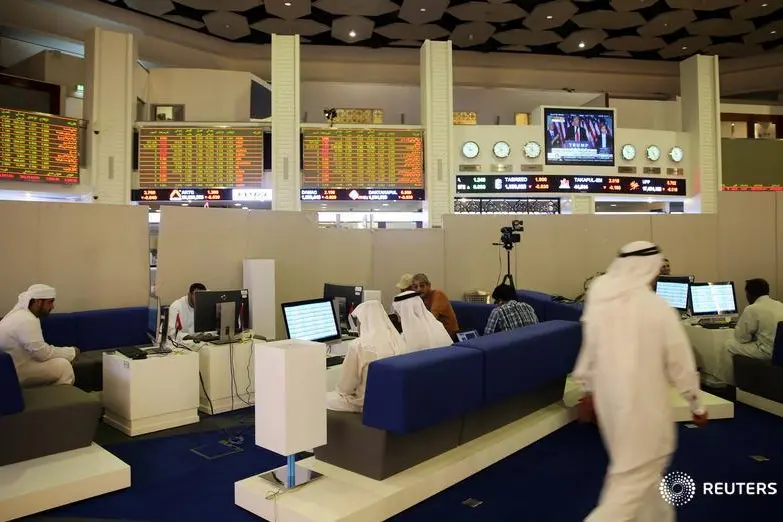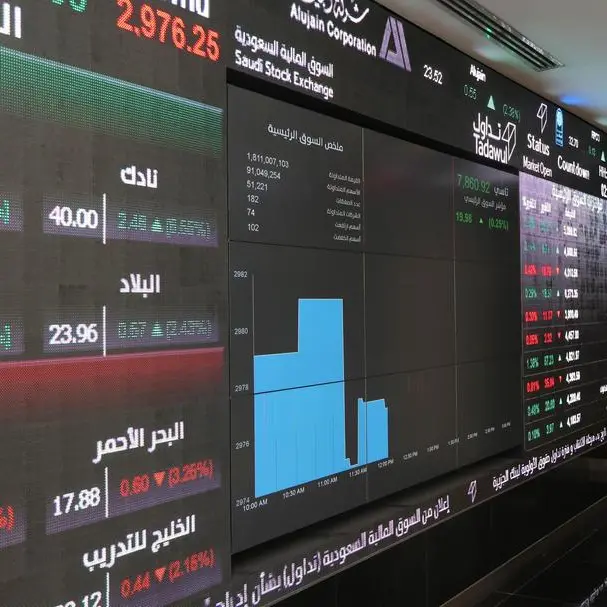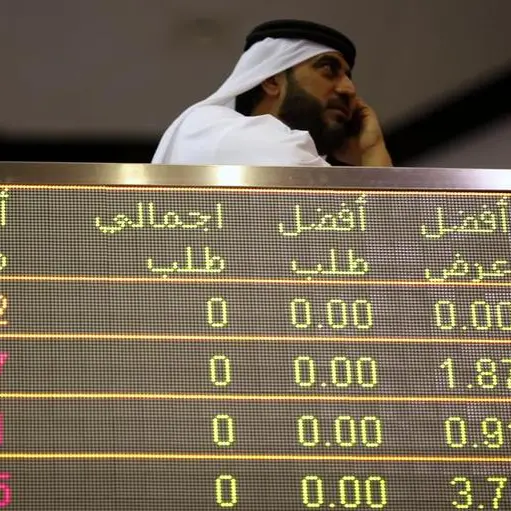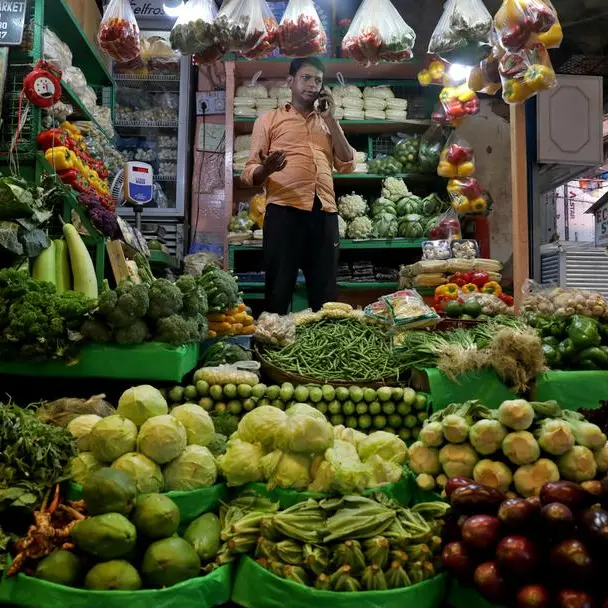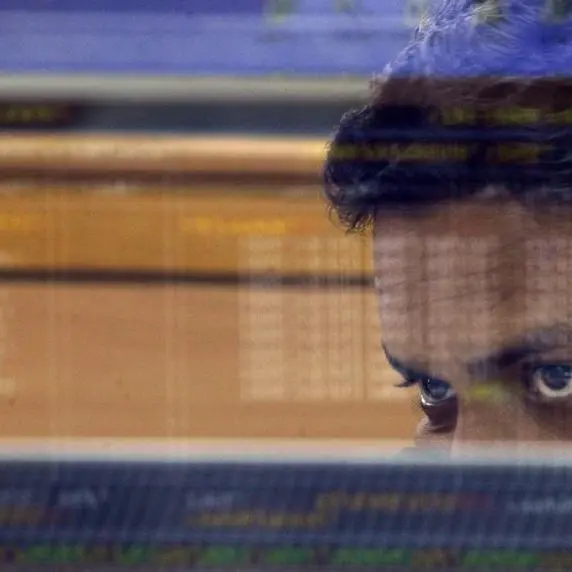PHOTO
Dubai - The UAE banking sector performance is expected to be resilient in the third quarter of this year despite a slowdown in economic growth resulting in modest balance sheet growth across the banking sector.
Analysts expect no major surprises except the broad trend of modest margin growth largely from loan repricing because of higher interest rates and improving cost structure.
UAE banks in general have reported resilient earnings in the second quarter. Earnings benefited from an improvement in credit cost, as well as modest loan growth. Margins were slightly compressed year-on-year, but have improved since the start of this year, thanks to two rate hikes in 2017. Banks continue to put a lid on cost growth, further supporting profitability.
Broadly Dubai banks are expected to report relatively better balance sheet growth than Abu Dhabi banks. Analysts expect earnings to further improve in the third and the fourth quarter supported by increased credit appetite, a consistent decline in credit costs and the June rate hike.
Results announced broadly confirm the expectations. Dubai Islamic Bank (DIB), last week reported a nine-month net profit of Dh3.3 billion, up 10 per cent compared with Dh3.billion for the same period in 2016. The bank sustained profitability and growth on the back of robust net income margin (NIMs) and low operating expenses. DIBs total income increased to Dh7.51 billion, up 17 per cent compared with Dh6.41 billion for the same period last year. For the third quarter of the year, the bank made Dh1.15 billion net profits compared with a net profit of Dh1 billion in the corresponding period of 2016.
Contrasting trend
DIBs net financing assets rose to Dh131.3 billion, up by 14 per cent, compared to Dh115 billion at the end of 2016. Total assets stood at Dh201.2 billion, an increase of 15 per cent, compared to Dh175 billion at the end of 2016.
In a contrasting trend, Abu Dhabi-based Union National Bank reported flat profit growth in the third quarter at Dh410 million and a modest growth of 3 per cent to Dh1.37 billion in for the 9-month period. Sluggish credit growth and lingering credit quality issues particularly in the retail and small business portfolios are hurting the profits.
Analysts say improvements in countrys macro-environment is helping liquidity conditions, credit quality and lending appetite. Specifically, SME stress is past us now and banks are gradually returning to growth mode after de-risking phase last year. Hence, we expect the second half of this year to be better than the first half, driven by further slight improvement in loan loss charges and asset re-pricing, said Jaap Meijer, Director of Equity Research at Arqaam Capital.
An analysis of second quarter data by Alvarez & Marsal of top 10 UAE banks showed that seven of these grew their loans and advanced market share while six banks grew their deposits market share. Operating income growth decreased due to a drop in non-interest income; eight of the top 10 banks grew non-interest income.
Decrease in provisioning
Risk metrics showed mixed performance with declines in both coverage ratio and cost of risk. The decrease in cost of risk was driven by a decrease in provisioning rather than an increase in the loans portfolio.
The banks continue to benefit from US interest rate increases, owing to the peg between the UAE local currency, the dirham, and the US dollar, which lifted the benchmark rate (EIBOR) for domestic lending. This generated higher interest income. This increase offset the pressure on interest income from sluggish lending volumes to some extent.
Weaker credit growth so far in 2017 reflects slower economic growth and business activity in response to constrained public spending. Credit rating agency Moodys expect household and retail borrowers loan performance to continue to weaken, as job losses and employment uncertainty constrain borrowers repayment capacity.
Moodys expects banking sector profitability to remain strong, with a net income measuring around 1.5 per cent to 1.7 per cent of tangible banking assets over the next 12 to 18 months. Thinner margins will be balanced by lower operating expenses and stabilising provision charges. Loan performance is expected to soften modestly next year following sluggish economic growth this year.
We expect problem loans to rise modestly over the next 12 to 18 months, as weaker economic growth and constrained public-sector spending in 2017 pressure the finances of borrowers. Nonperforming loans (NPLs) will increase to 5.5 per cent to 6 per cent of gross loans by end 2018, from 5.3 per cent at June 2017 (5 per cent at December 2016), said Mik Kabeya, an analyst at Moodys.
Analysts expect no major surprises except the broad trend of modest margin growth largely from loan repricing because of higher interest rates and improving cost structure.
UAE banks in general have reported resilient earnings in the second quarter. Earnings benefited from an improvement in credit cost, as well as modest loan growth. Margins were slightly compressed year-on-year, but have improved since the start of this year, thanks to two rate hikes in 2017. Banks continue to put a lid on cost growth, further supporting profitability.
Broadly Dubai banks are expected to report relatively better balance sheet growth than Abu Dhabi banks. Analysts expect earnings to further improve in the third and the fourth quarter supported by increased credit appetite, a consistent decline in credit costs and the June rate hike.
Results announced broadly confirm the expectations. Dubai Islamic Bank (DIB), last week reported a nine-month net profit of Dh3.3 billion, up 10 per cent compared with Dh3.billion for the same period in 2016. The bank sustained profitability and growth on the back of robust net income margin (NIMs) and low operating expenses. DIBs total income increased to Dh7.51 billion, up 17 per cent compared with Dh6.41 billion for the same period last year. For the third quarter of the year, the bank made Dh1.15 billion net profits compared with a net profit of Dh1 billion in the corresponding period of 2016.
Contrasting trend
DIBs net financing assets rose to Dh131.3 billion, up by 14 per cent, compared to Dh115 billion at the end of 2016. Total assets stood at Dh201.2 billion, an increase of 15 per cent, compared to Dh175 billion at the end of 2016.
In a contrasting trend, Abu Dhabi-based Union National Bank reported flat profit growth in the third quarter at Dh410 million and a modest growth of 3 per cent to Dh1.37 billion in for the 9-month period. Sluggish credit growth and lingering credit quality issues particularly in the retail and small business portfolios are hurting the profits.
Analysts say improvements in countrys macro-environment is helping liquidity conditions, credit quality and lending appetite. Specifically, SME stress is past us now and banks are gradually returning to growth mode after de-risking phase last year. Hence, we expect the second half of this year to be better than the first half, driven by further slight improvement in loan loss charges and asset re-pricing, said Jaap Meijer, Director of Equity Research at Arqaam Capital.
An analysis of second quarter data by Alvarez & Marsal of top 10 UAE banks showed that seven of these grew their loans and advanced market share while six banks grew their deposits market share. Operating income growth decreased due to a drop in non-interest income; eight of the top 10 banks grew non-interest income.
Decrease in provisioning
Risk metrics showed mixed performance with declines in both coverage ratio and cost of risk. The decrease in cost of risk was driven by a decrease in provisioning rather than an increase in the loans portfolio.
The banks continue to benefit from US interest rate increases, owing to the peg between the UAE local currency, the dirham, and the US dollar, which lifted the benchmark rate (EIBOR) for domestic lending. This generated higher interest income. This increase offset the pressure on interest income from sluggish lending volumes to some extent.
Weaker credit growth so far in 2017 reflects slower economic growth and business activity in response to constrained public spending. Credit rating agency Moodys expect household and retail borrowers loan performance to continue to weaken, as job losses and employment uncertainty constrain borrowers repayment capacity.
Moodys expects banking sector profitability to remain strong, with a net income measuring around 1.5 per cent to 1.7 per cent of tangible banking assets over the next 12 to 18 months. Thinner margins will be balanced by lower operating expenses and stabilising provision charges. Loan performance is expected to soften modestly next year following sluggish economic growth this year.
We expect problem loans to rise modestly over the next 12 to 18 months, as weaker economic growth and constrained public-sector spending in 2017 pressure the finances of borrowers. Nonperforming loans (NPLs) will increase to 5.5 per cent to 6 per cent of gross loans by end 2018, from 5.3 per cent at June 2017 (5 per cent at December 2016), said Mik Kabeya, an analyst at Moodys.
Al Nisr Publishing LLC 2017. All rights reserved. Provided by SyndiGate Media Inc. (Syndigate.info).
